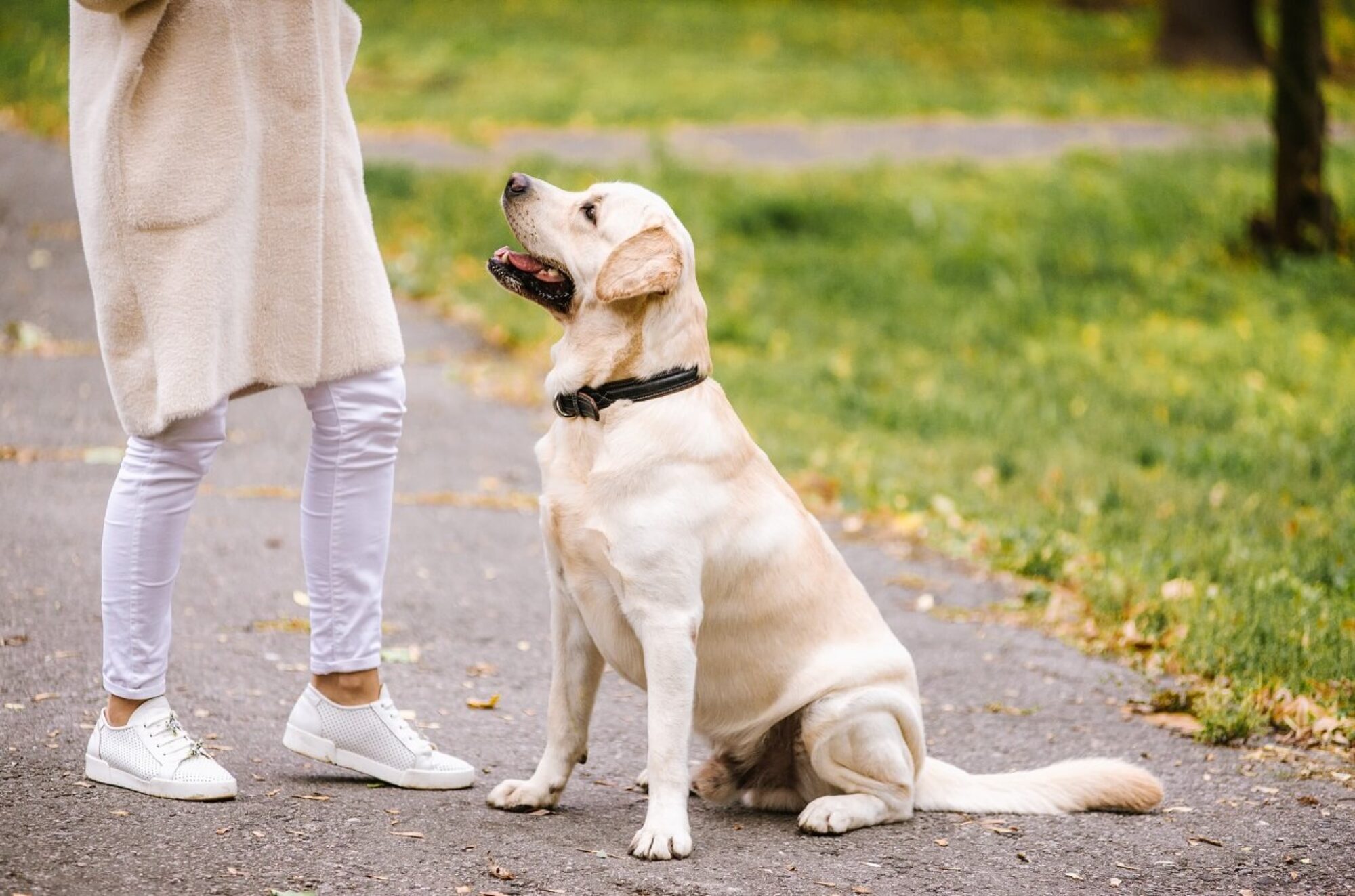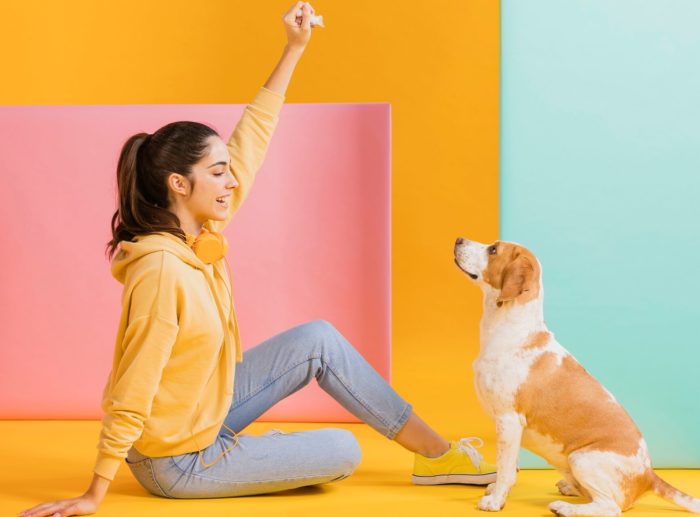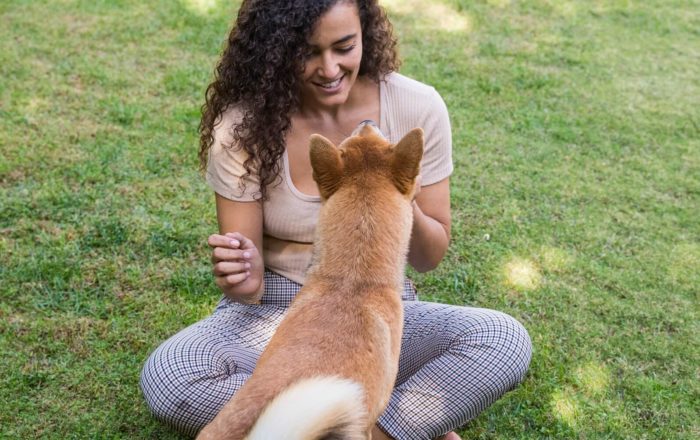Reinforcement. How to reward your dog during training?
One thing that I have often noticed in my career as a dog trainer is a certain tendency to fixity in rewarding dogs from both owners and younger dog trainers. What do I mean when I talk about fixity? I mean the tendency to reinforce the dog during the work always in the same way used always the same food (think that I can’t eat pizza with sausages because of the hundreds of owners who showed up at the camp with sausages as a rewards for dogs) or the same game regardless of the work the dog is doing and the amount of energy, physical and mental, necessary to perform the exercise.
A reinforcement is something that increases – meaning of positive rewarding a dog in training
Science comes to our aid by describing what are called reinforcement plans. First of all, what does it mean to reward the dog? The act of rewarding the dog is defined in technical jargon as “positive reinforcement”. A reinforcement is something that increases or maintains the frequency of a behaviour, a positive reinforcement consists of adding a welcome consequence (such as food or play) to a dog’s behaviour to increase the likelihood of it being shown more frequently in the future. When you ask your dog to ‘sit’ and he sits down the positive reinforcement is the biscuit you give him as a effective reward for a dog for sitting down.
Back to the reinforcement plans: How to reward a dog? How many ways do we give the reward to our four-legged friends?
Reinforcement parameters are strength, quantity and length. It is necessary to adjust one or more parameters of the reinforcement according to the behaviour to be reinforced. For example, as soon as you increase the effort required to complete a response, you will probably need to increase the strength of the reinforcement. The reinforcement plan also contributes to this. A reinforcement plan, or pattern, is the rule that describes or specifies which responses will be followed by a reinforcement and which will not. Reinforcement plans are times and numerical relationships between a response and a reinforcement. Each reinforced response is associated with a pattern of some kind.
Reinforcement scheme on the one hand
At the boundaries of reinforcement schemes we have a continuous reinforcement scheme on the one hand, and extinction on the other. In the continuous reinforcement scheme all specific responses are reinforced. Reinforcement occurs each and every time the response occurs. At the opposite extreme we have the extinction plane which actually represents a non-reinforcement scheme in which no repetition of the behavior is reinforced.
Between these two basic patterns there are myriads of intermittent planes of reinforcement. Intermittent reinforcement means that some responses are reinforced, some are not. Some are simple, some complex, and some are compounded.
Continuous reinforcement is generally used to establish or reinforce behaviors. Intermittent reinforcement is usually used to maintain behaviors already constructed.
In frequency-based patterns, reinforcement is provided after a number of responses. In interval-based patterns, reinforcement is released for the first response after a certain amount of time since the previous reinforcement.
In fixed patterns the number of responses or time remain the same. In variable patterns the number of responses or the amount of time are random but rotate around a certain value.
Let’s see some examples:
– One coin is put in the piggy bank every five dishes washed by Marco. FIXED FREQUENCY
– One coin is put in the piggy bank every five dishes washed by Marco. Then every after three dishes, then after six. VARIABLE FREQUENCY
– Laura reward her dog for staying down. She comes back after five minutes and praises her dog as soon as she sees him on the ground. FIXED INTERVAL
– Laura praises her dog using dog training rewards for staying down. She comes back after five minutes and praises her dog as soon as she sees him on the ground. Then come back after three minutes. Then after four VARIABLE INTERVAL.
How to reward your dog during training
The time, the number and the contingency contribute to make the patterns of behavior predictable. In fixed plans, responses tend to pause after reinforcement or to explode. In variable patterns, responses become stable and there is no pause between responses.
Frequency-based patterns produce higher response frequencies than interval-based patterns. In FIXED FREQUENCY patterns also known as all/nothing, a response pause occurs immediately after a reinforcement, followed by a response explosion. The pauses tend to become longer and longer.
In VARIABLE FREQUENCY patterns, stable, high frequency response behavior is achieved. A FIXED INTERVAL pattern results in a pause in response immediately after reinforcement, followed by a gradual increase in response frequency that reaches a peak near the reinforcement. A VARIABLE INTERVAL pattern produces stable responses with a low/moderate frequency response.
Think about gambling: people develop addictions because they never know what awaits them in that bet. It could be a big win, a fair win or a loss. In addition, a key factor in the development of addiction is also the waiting: the slot machines, while already having the result ready when the coin is inserted, create a suspense of music and lights that create a “magic effect” that attracts the player.
With the dog it is our duty to recreate this “slot machine” situation: in this way we will have enthusiastic partners who are always ready to work.
However, I would like to conclude this short article with a suggestion: use the variability of the reinforcement intended as variability of the type of positive reward in dog training. of prize used. Sometimes the ball, other times the sausage, other times the tug, other times a biscuit and so on. I advise you not to reinforce only some correct answers of the dog and ignore others because this can lead to frustration. And remember… reinforcement is a process, not an instant. Play with the dog, have fun with him without feeling uncomfortable it’s like the best reward for dogs without treats. He doesn’t judge you.
See also other posts:
June 30, 2023
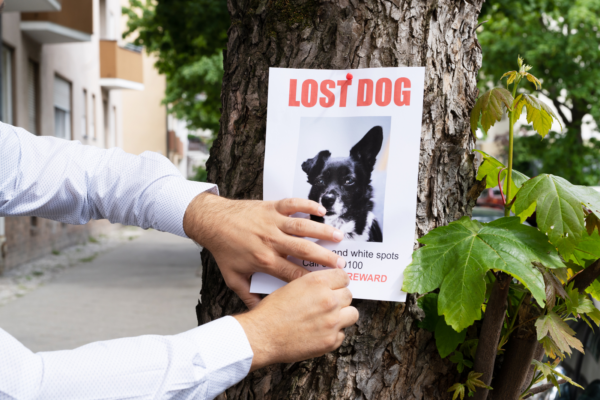
Get Your Lost Dog Back Home Quickly: Follow These 12 Tips for Success
Vacations favor more frequent and longer walks with our furry friends. We travel, visit new places. Summer makes us loosen our brakes and allow our…
June 30, 2023
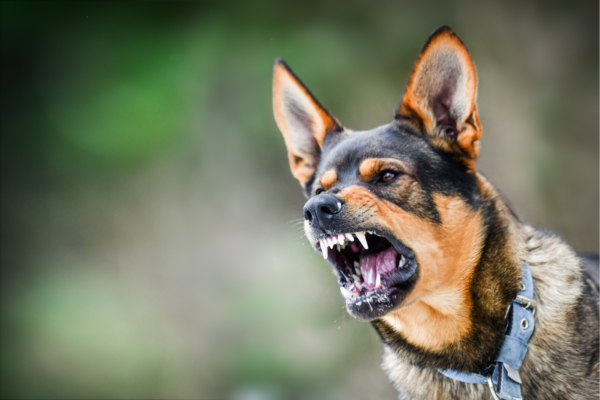
Managing Aggressive Dog Behavior: Tips for Peaceful Living
Living with an aggressive dog may seem challenging, but it can be peaceful and manageable with the right approach. One key aspect is to remain…
June 30, 2023
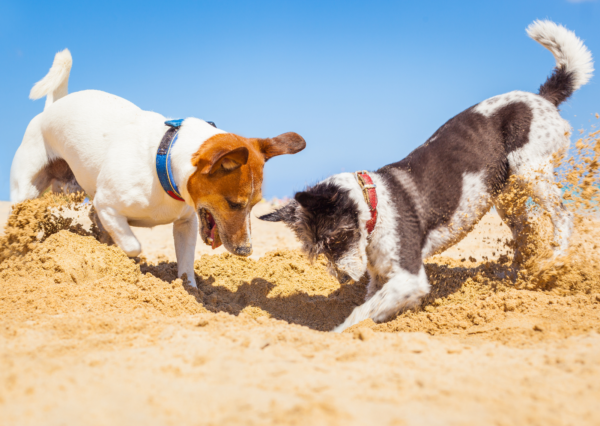
Unlocking the Secret to Successful Puppy Socialization: Quality over Quantity
Today, although the topic is very important, I will keep it brief. Socialization is a topic that could fill books or scientific papers. However, today…

